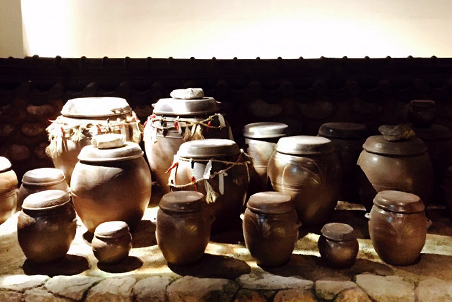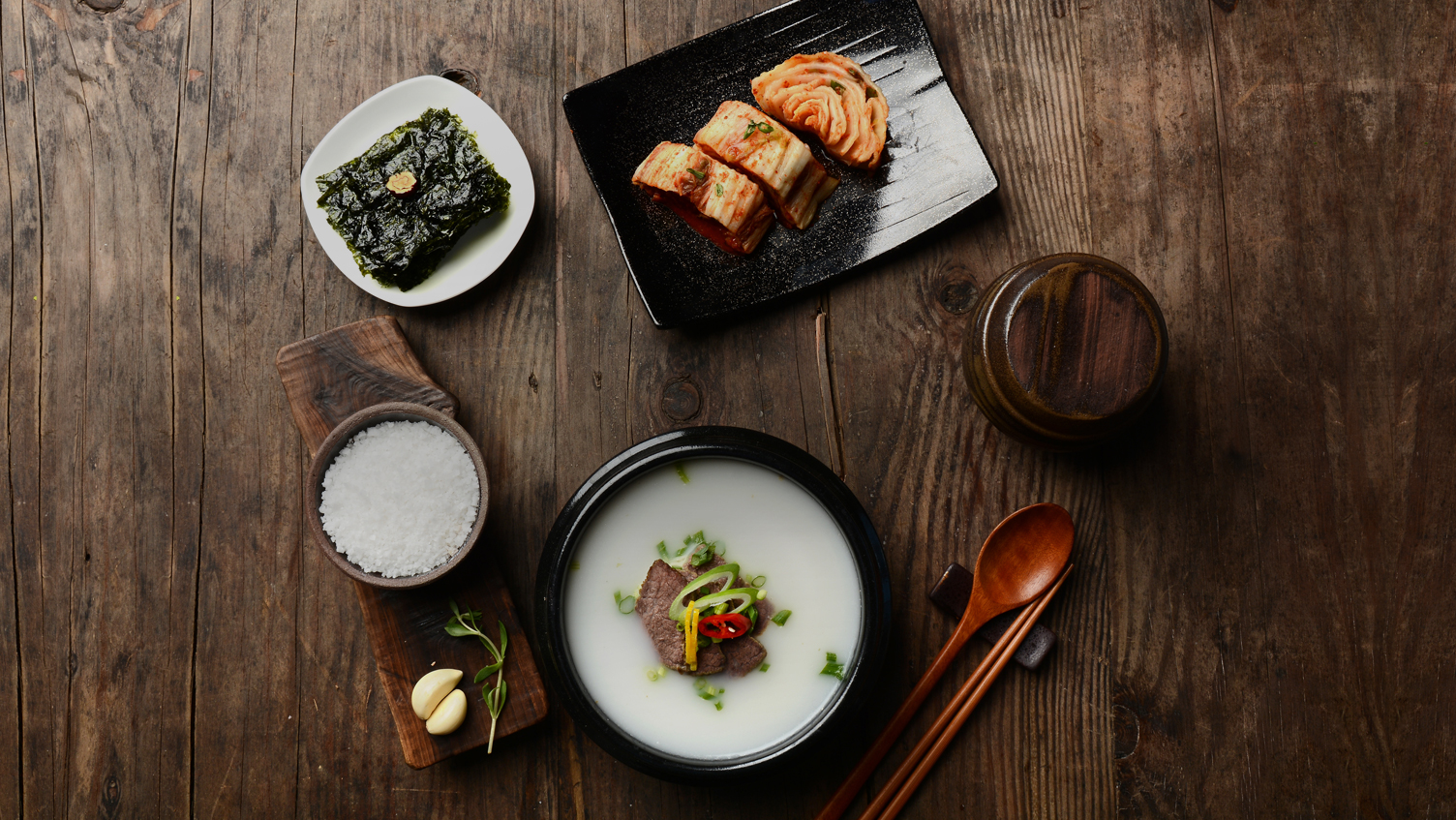
Going beyond a simple tourism service, K-Style Hub provides various opportunities to experience the nation directly.
As a center for Korean food and traditional culture, this venue reveals hidden gems of Korea.
Style in Culture
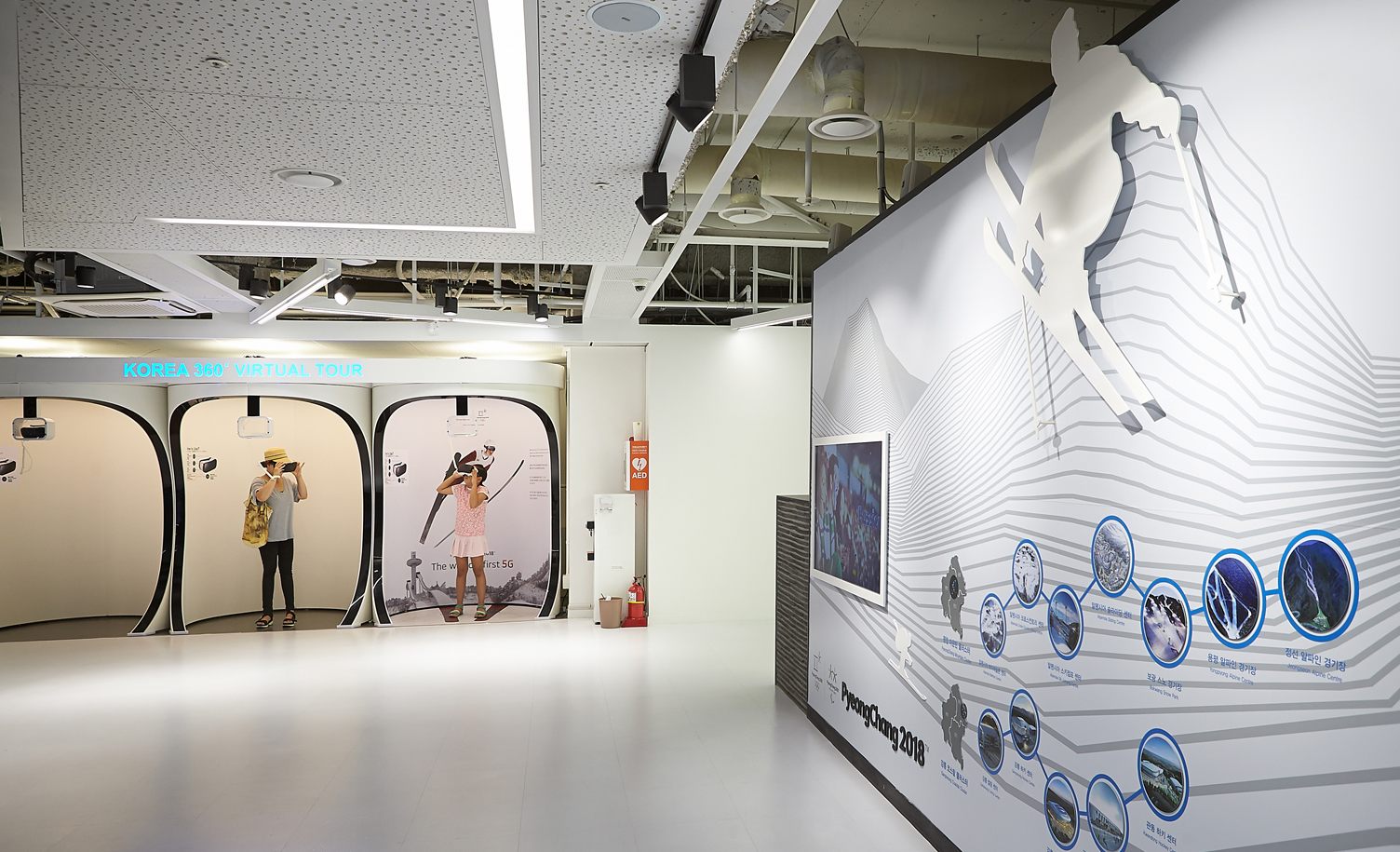
and opportunities to explore Korean food, not only to tourists from around the world
but also to Koreans who visit the venue to learn about ancestors’ wisdom embedded in traditional food.
On the 2nd floor, there is Tourist Information Center, introducing medical tourism and booths for experiencing VR(Virtual Reality) and AR(Augmented Reality). Going through the entrance, visitors are welcomed by a large screen displaying photographs and videos taken with drones to feature well-known tourist attractions across the nation. “$10 Seoul tour” and other interesting themes make the tourism information video clips even more helpful and intriguing to foreign tourists and visitors. Another space on the second floor particularly renowned among foreign visitors is K-Star Zone, where visitors can take photos with familiar celebrities appearing on the screen. From Psy, who swept the world with his megahit “Gangnam Style,” to Big Bang and 2NE1, a number of global K-Pop(Hallyu) stars offer a realistic experience to all visitors.
Next to the photo zone is a campaign zone to publicize the 2018 PyeongChang Winter Olympics and Paralympics. This space magnetizes visitors with augmented reality technology to experience ski jumping, one of the events to be held in PyeongChang. A selection of tourist attractions in Korea, including Jeju Island, Nami Island, and Seoul, are also displayed for the virtual reality experience.
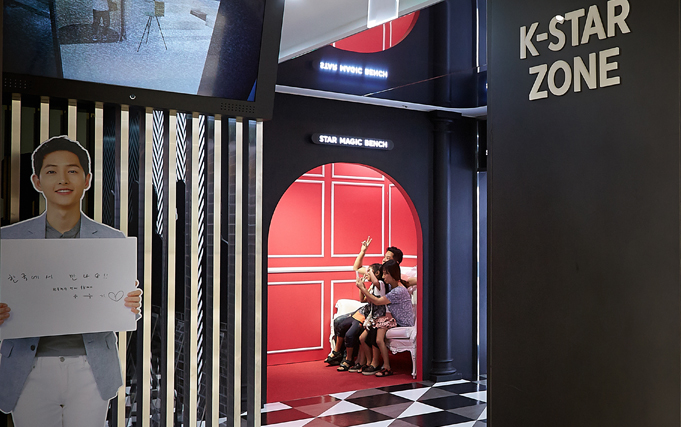
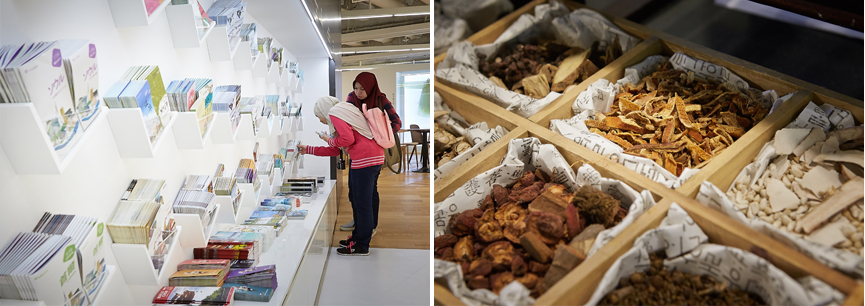
A number of Muslim women wearing hijab are found on the second floor of K-Style Hub. In response to a recent increase in the number of Muslim tourists visiting Korea, the place now has a prayer room open to all Muslim believers.
Another helpful booth offers medical tourism information. This PR center tests skin condition, heart rates, body composition, stress level, and body type for visitors to find a suitable hospital to have medical services. The tea therapy sessions are also well-received by the visitors.
Wisdom from Traditional Holidays and Customs
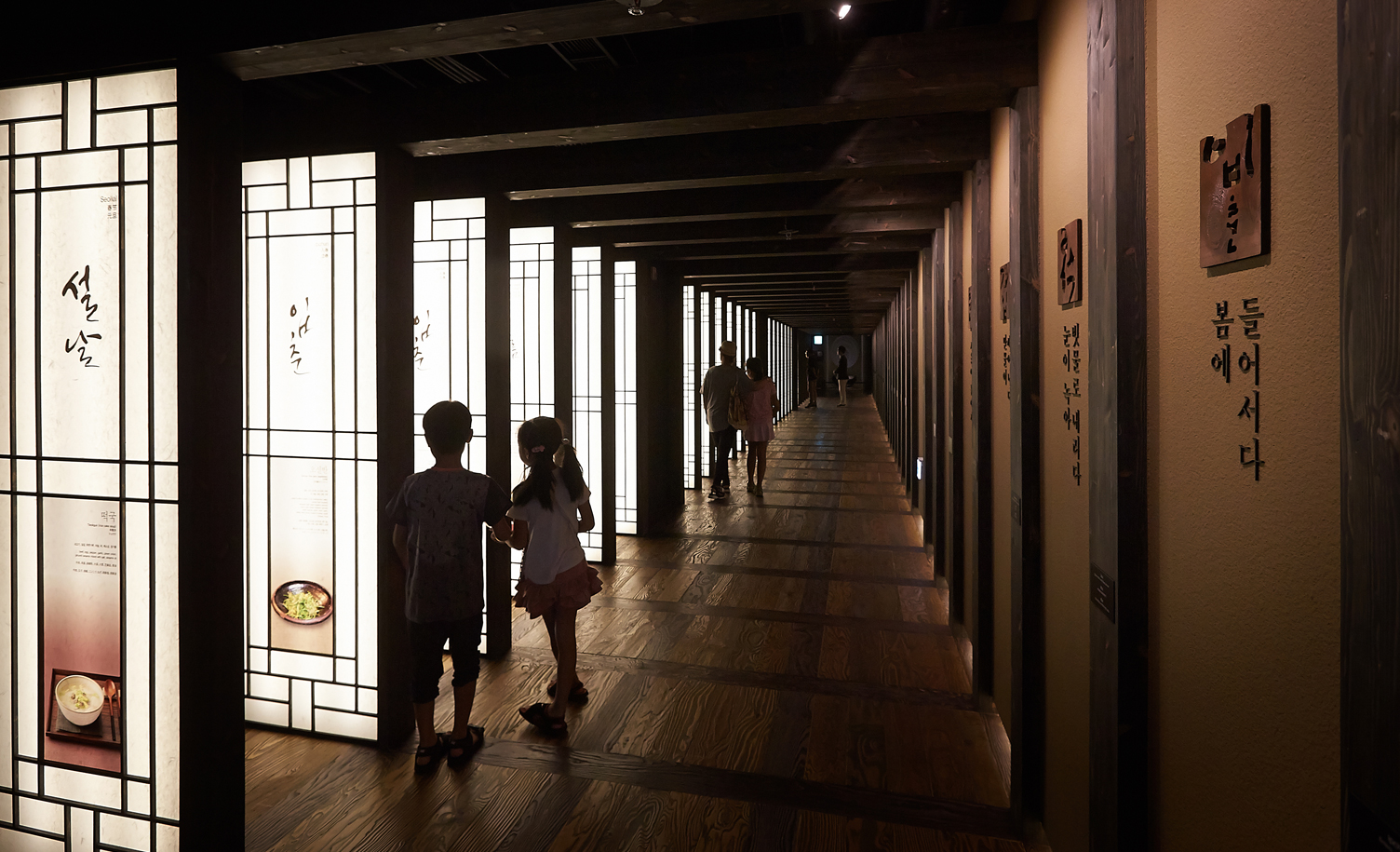
The space welcomes the visitors with displays about 24 solar terms, seasonal customs, and food for each event.
Even Koreans think about only Seollal (Lunar New Year’s Day) and Chuseok (Korean Thanksgiving Day)
when it comes to traditional holidays but there are a number of occasions throughout the year.
Being introduced to stories about traditional holidays, the visitors, Koreans and foreigners alike,
will be able to understand the food for each occasion and the relevant background.
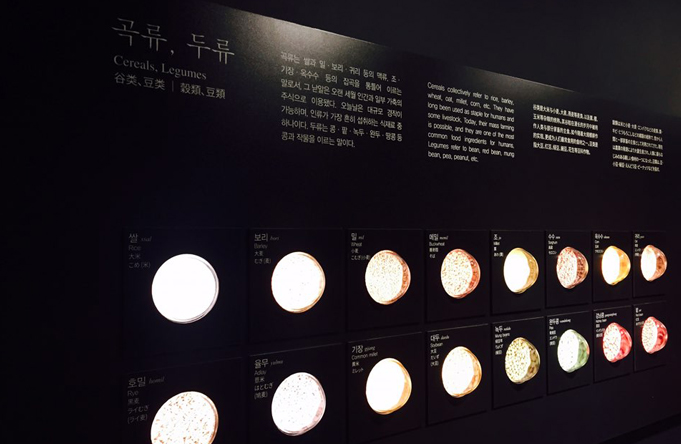
After learning about the solar terms and seasonal customs, visitors cannot miss the artwork in the exhibition hall: a large water bowl and a series of water drops falling into the bowl. This expresses the wish to spread Korean food around the world, as the water drops make waves inside the bowl.
A part of the exhibition hall is dedicated to displaying diverse ingredients used for making Korean food: grains, beans, salt, seasonings, and spices. By seeing and smelling the actual ingredients, international visitors can have interesting experience and opportunities to be familiar with Korean culture.
Also displayed in the exhibition hall are jangdokdae (platform for crocks containing condiments and sauces), which symbolizes fermentation as a key characteristic of Korean traditional food. The straw rope braided with charcoals and chili peppers used to be hung around the crocks to indicate important family events such as childbirth.
Harmony in Traditional Food and Culture
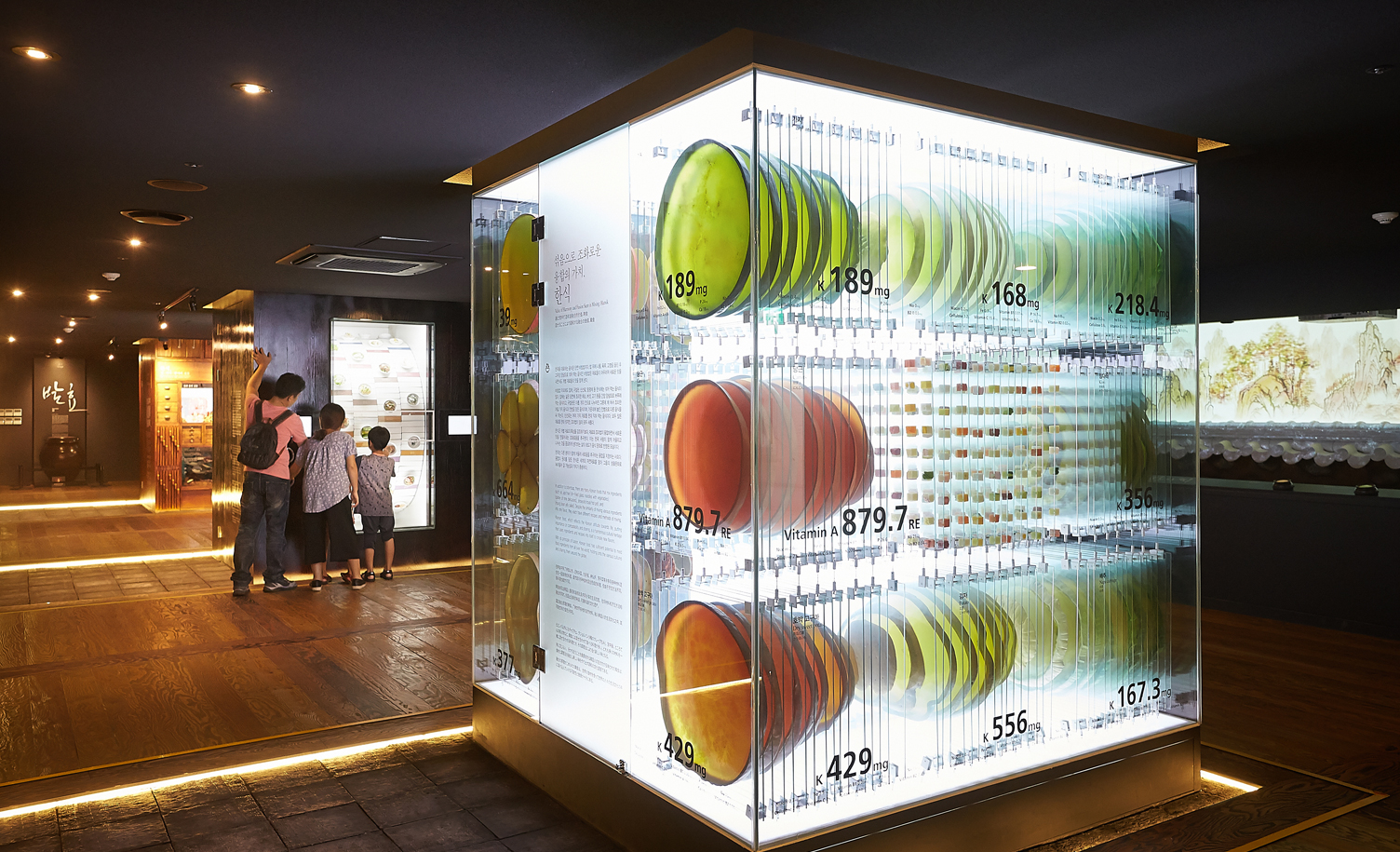
another to show how Koreans enjoyed seasonal food for health and nutritional purposes;
and another to feature the advantage of Korean foods in offering various nutrients in a single meal.
Beside the cubes are displayed pottery media artworks. To preserve food, Koreans traditionally used earthenware, often called “living, breathing bowls” as they captured the nature’s qualities from earth, water, and fire. By borrowing wisdom from earth, they were able to preserve food freshly and with fermented spices. When the visitors stand inside the exhibition space and look outside, they can have a virtual experience of looking at the crocks on the platform, over which are displayed traditional patterns and videos about Korean food. As if looking at distant scenery, they can see landscape paintings on the display along with the melodies of famous Korean traditional songs.
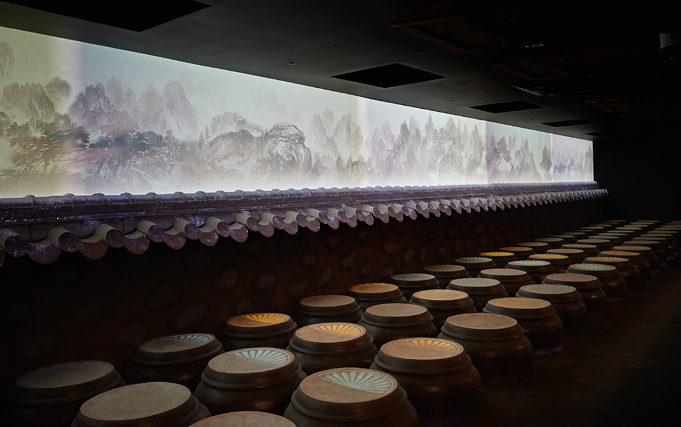

The Korean Food Experience Hall on the fourth floor is also called madang in Korean, meaning a “yard”, where people of all nationalities can enjoy Korean food of their choice. Visitors can either taste refreshments, tea, and Korean meals at the restaurant, or have firsthand experience of cooking Korean food with unique ingredients. One corner of the hall provides a variety of informative packets that introduce a wide range of Korean food.
The top floor has a market where visitors are invited to appreciate Korea’s traditional culture and purchase cultural products. The temporary program to offer a free chance to wear hanbok, traditional Korean dress, has been so popular that it will be extended further to allow more visitors to experience Korea’s traditional clothes.
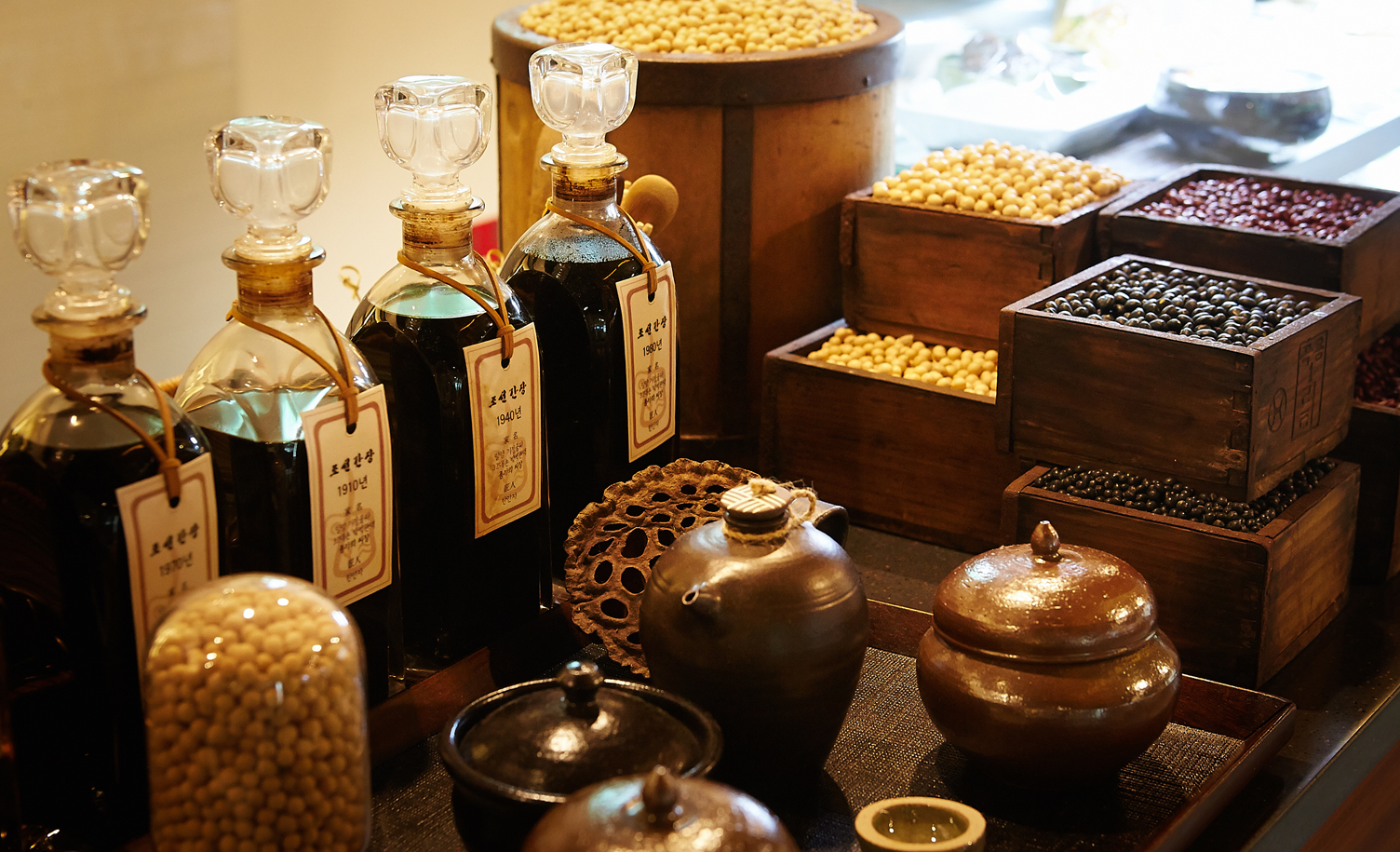
and style and Koreans who want to have a deeper understanding of their ancestors’ wisdom.
Koreans or not, all visitors are encouraged to explore what makes Korean dishes
and food culture unique and extraordinary and enrich their dining tables with the wisdom they gain at K-Style Hub.

